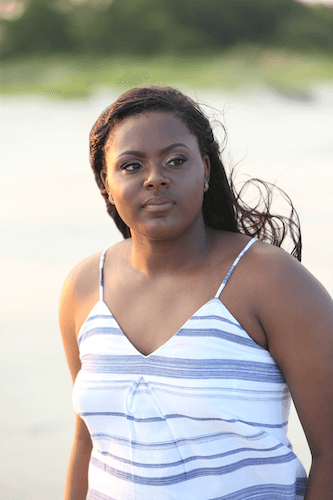
How to Shoot in Bright Sunlight
As any photographer who has ever shot outside would attest, working with sunlight can be quite difficult at times. It can make or break an image. Sometimes, you are blessed with soft even light on a beautiful, yet slightly cloudy day. But as we all know, especially here in Charleston, the weather can change in the blink of an eye. Bright, hot sunlight is not an ideal situation to be photographing any subject in. The light is very harsh and unforgiving, and at times, vastly uneven. This is when photographers have to worry most about unsightly shadows, the dreaded “raccoon eyes,” and just unflattering lighting in general. Photographing a subject in bright sunlight can be done successfully, however, with the right knowledge and tools under your photographer’s belt.
One major suggestion would be to invest in and utilize a reflector. Reflectors can easily enhance a photograph by bouncing light onto the subject to fill in shadows or used to block unwanted light to even out the lighting across the subject. Reflectors are especially helpful during situations where the light may become “speckled” or what is sometimes referred to as “Dalmatian” lighting. Usually this type of uneven lighting occurs when photographing outside and underneath trees. The trees may block some of the harsh light, but in turn, dapples light spots across the subject. An experienced photographer will immediately see these speckles and attempt to hide them, usually with a large reflector. Using a reflector during photoshoots is fantastic, but also requires an assistant to hold it in place.
If you do not have the luxury of a photographer’s assistant to hold a reflector, this is when a flash can be used to try to remedy the situation. Flashes sometimes get a bad rap among photographers for looking too artificial and sometimes “blowing out” (overexposing) the image, but when used correctly, an on-camera flash can be a superb way to combat unwanted or uneven sunlight. The reason some flashes can be a little intimidating to use is because it can do too many things, has too many buttons, dials and settings, which can overwhelm an unseasoned photographer quickly. Most flashes nowadays can auto-sense the scene and adjust accordingly, but that feature can sometimes produce undesired outcomes. The one thing any photographer needs to learn to use a flash successfully and tastefully is how to control the output of the flash. When using ETTL, the flash’s “auto” mode, you can still power up or power down the output of the flash. Powering the flash down to a -1 or -2 can add just a touch of light to fill in the shadows without overexposing the subject and causing the image to have that artificial light quality that so many photographers frown upon. Also, an upside to using a flash is that it will help keep the images sharper, and that is always a plus! If an on-camera flash or reflector are not available to use during a photoshoot and the harsh sunlight is just becoming too hard to handle, don’t give up!
There are always other things to try, for instance, turning the subject’s back to the sun, having their face in full shadow, and lighting their hair and back fully. This may result in a few good images where the subject is evenly lit, and even though the background might be overexposed, it’s definitely still worth a shot. Using the harsh sun as a hair light can add a cool, glowing effect that may result in a really neat, one-of-a-kind image! If there is absolutely no shade to be found and having the sun to their back just isn’t producing any artistically pleasing results, then the only option available is to use the sun in full. Sounds risky, but sometimes using the sun to your advantage can produce dramatic and artistic images. Instead of trying to hide, manipulate or turn the subject away from the sun, try having them face the sun, full on. Yes, they may blink or squint at first, but try the “open your eyes on three” trick and give them a count down. Next, have the subject lift their chin towards the sun to combat the shadows under their eyes, also known as “raccoon eyes,” or they can even try some artistic photographs where they are looking away, or upwards, or maybe a photograph with their eyes closed, presumably soaking up the sunlight and enjoying themselves.
In any situation while photographing a subject outside, there are various ways to control the light around you and use it to your advantage, or add a little artificial light to even out unflattering light. As with any skills worth having in life, you must practice. The best way to become better at photographing outside and being able to successfully accomplish this in any lighting condition, is to simply photograph outside. Practice makes perfect!

